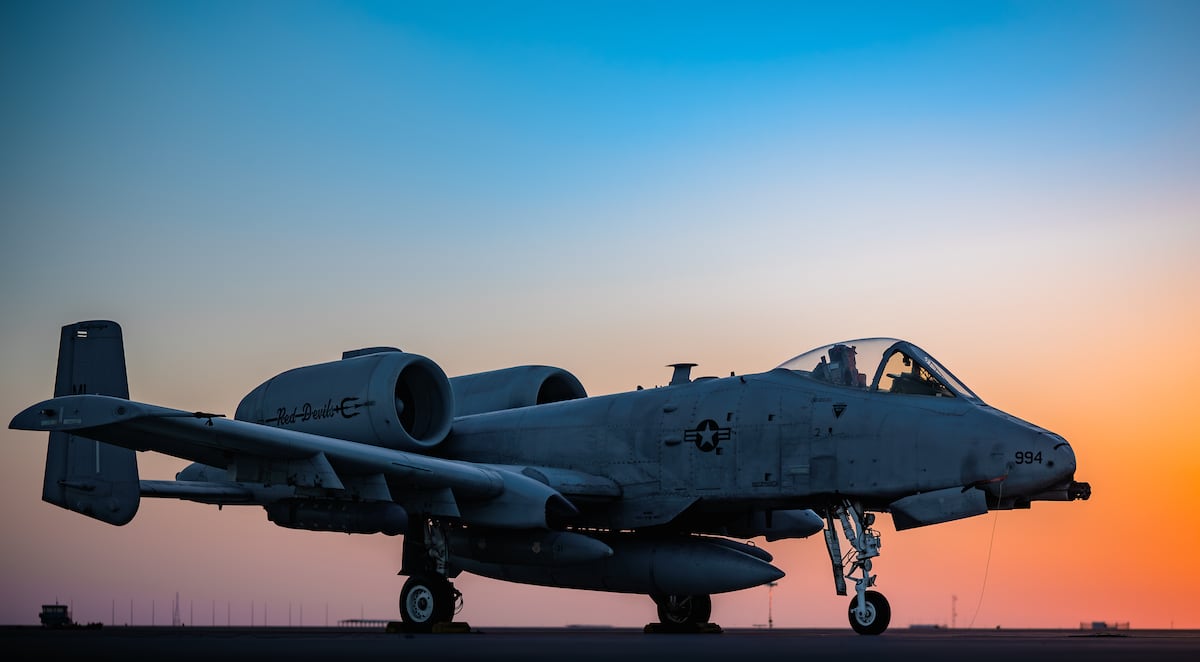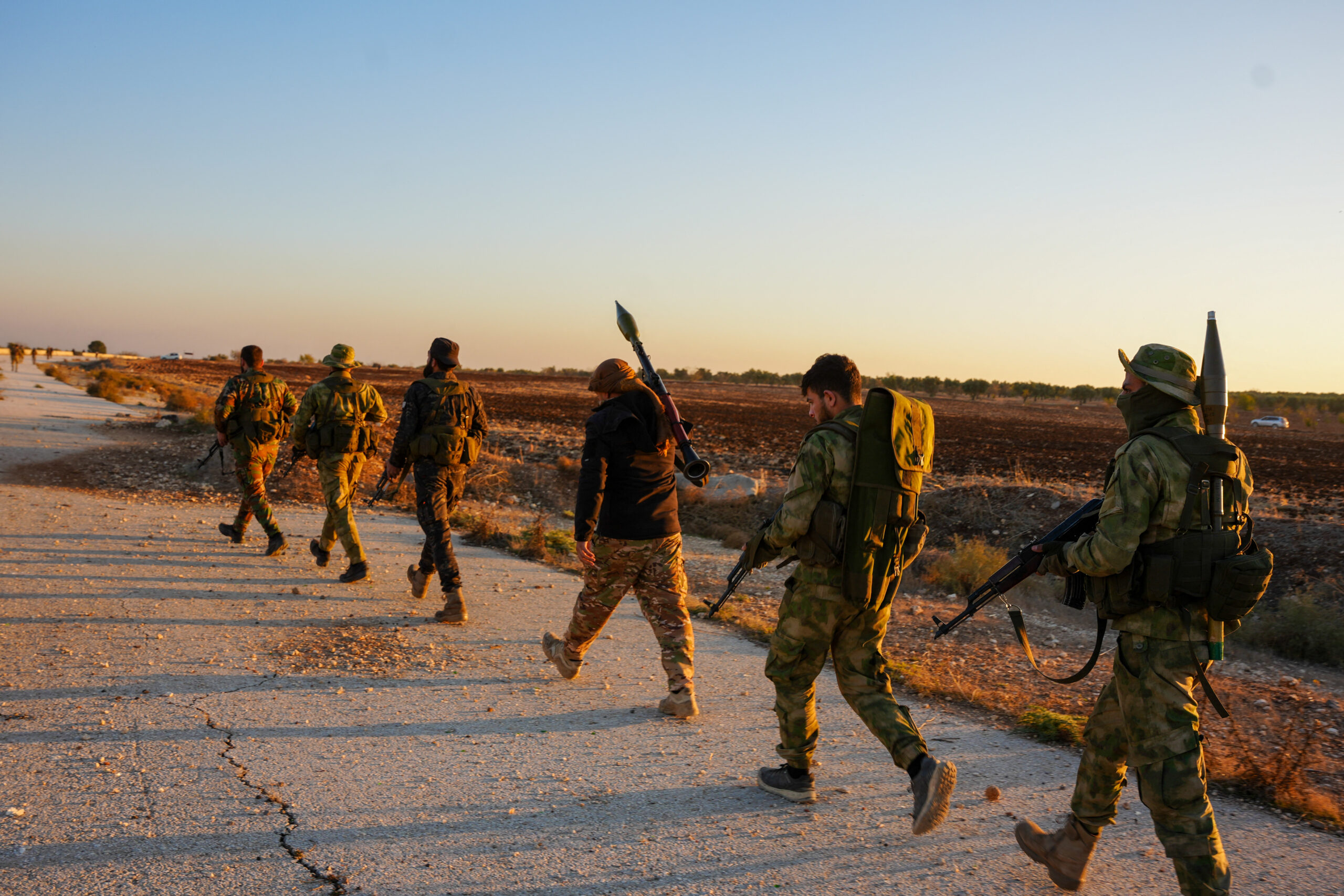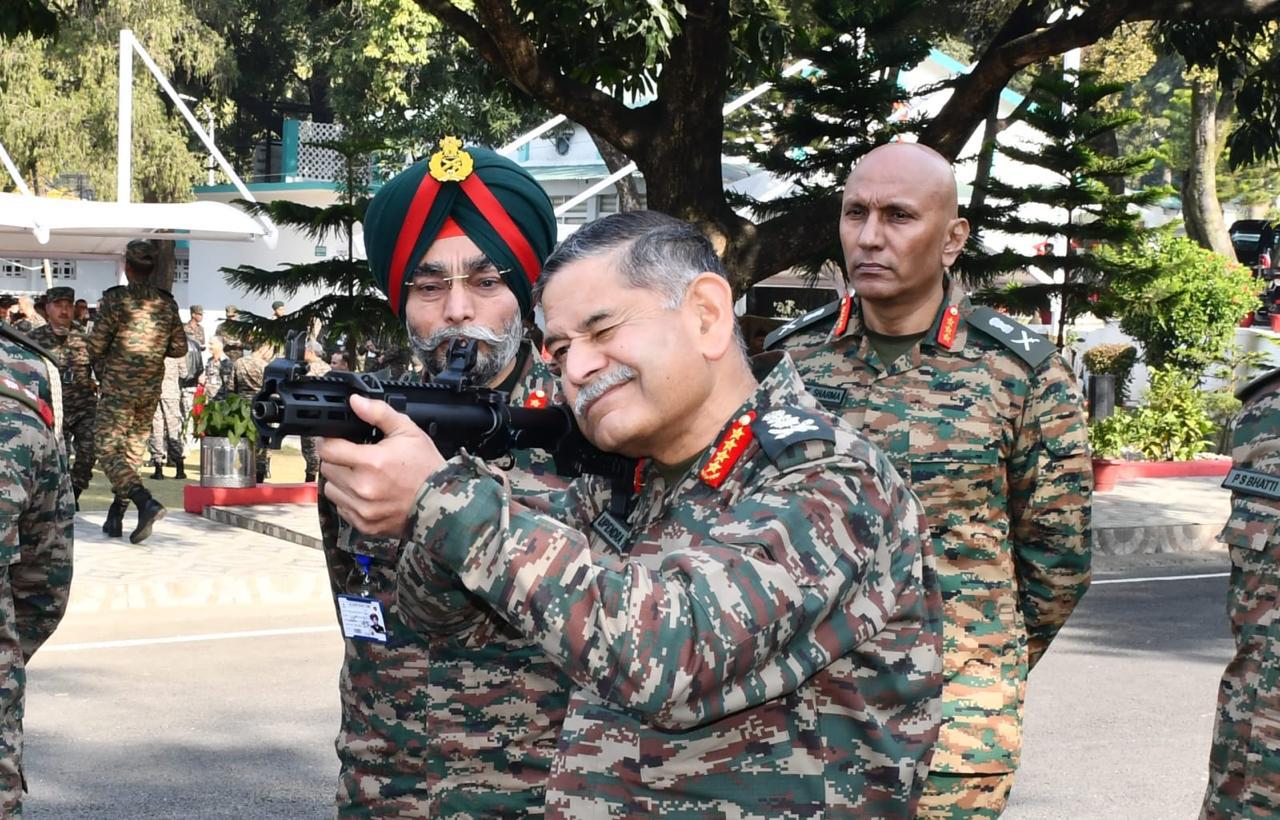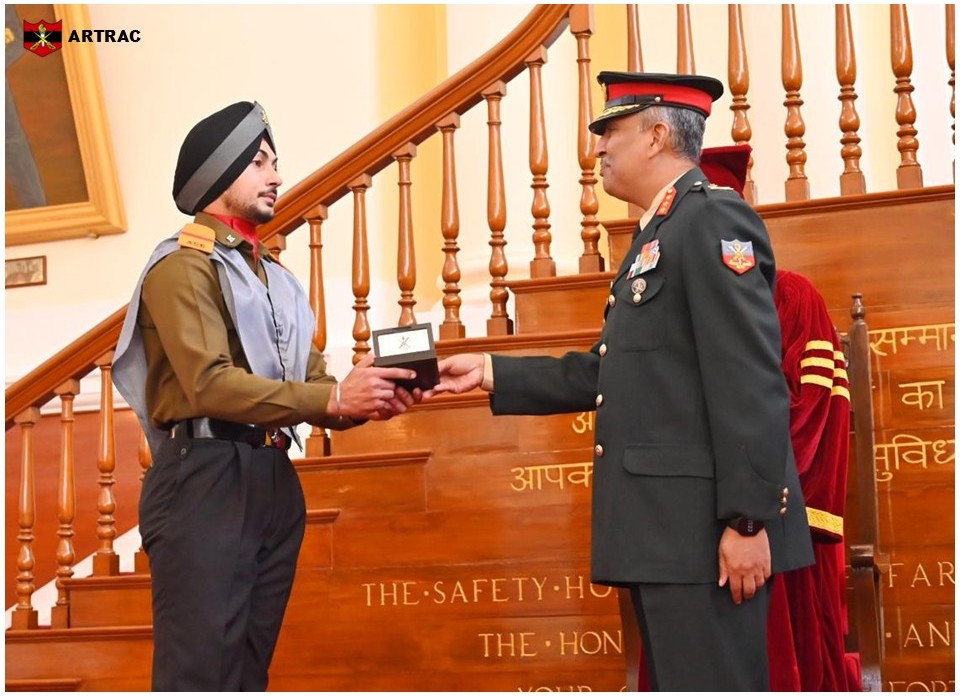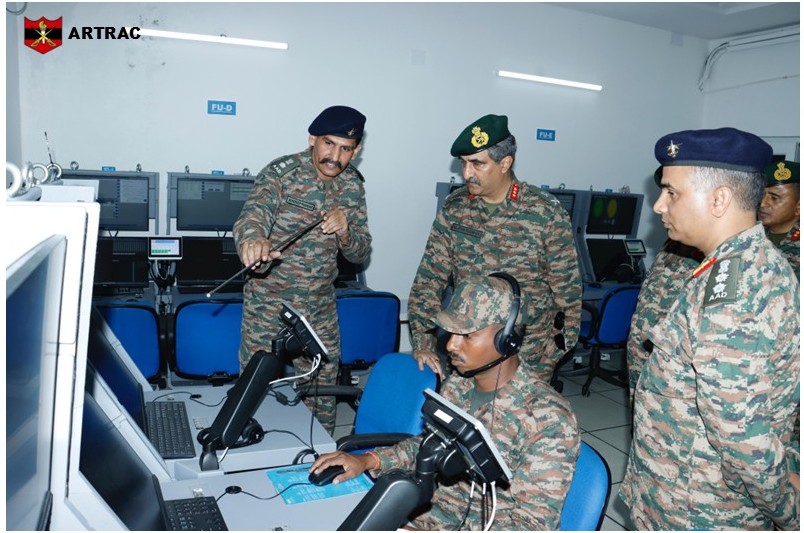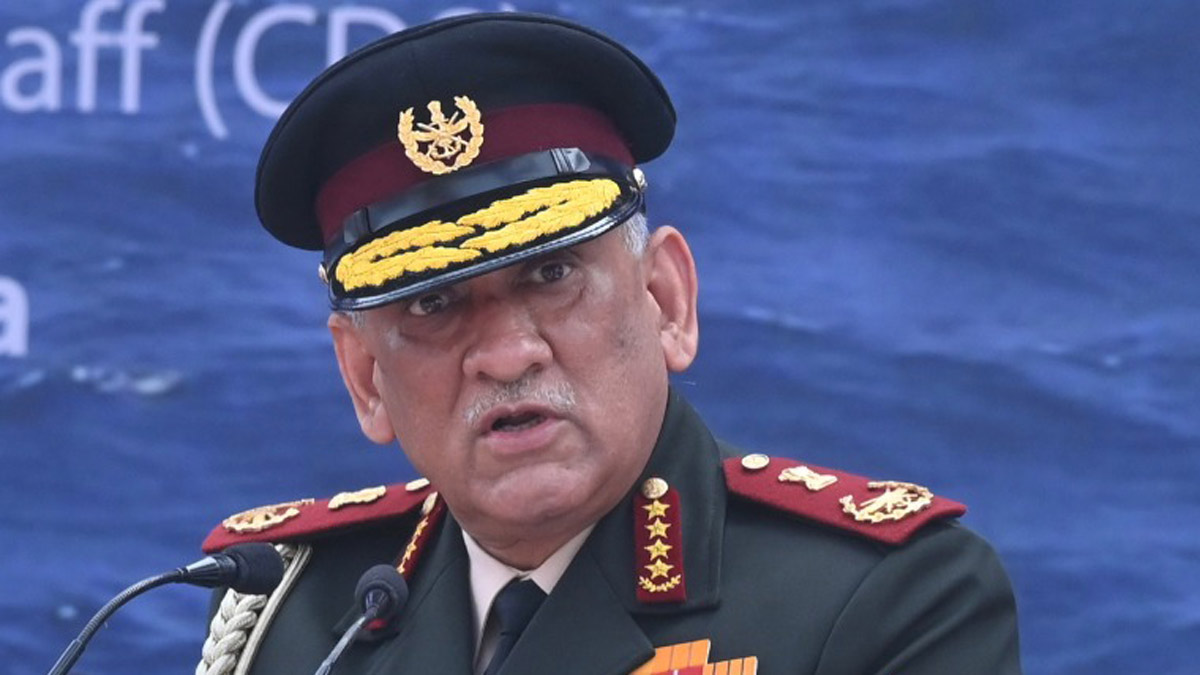U.S. Launches Massive Airstrikes in Syria Following Government’s Collapse
American military forces launched a substantial offensive in central Syria on Sunday, executing a series of airstrikes shortly after the…
At Least 26 Combatants Killed in Turkish-Backed Offensive on Manbij Area
In a significant escalation of conflict in northern Syria, at least 26 combatants were killed on Sunday as Turkish-backed Syrian…
General Upendra Dwivedi Reviews Operational Preparedness at Northern Command
General Upendra Dwivedi, Chief of Army Staff (COAS), visited the Northern Command to assess its operational preparedness and to engage…
44 ACC Cadets Conferred Degrees by JNU
The Army Cadet College (ACC) held a memorable Convocation Ceremony, where 44 Cadets were conferred degrees by Jawaharlal Nehru University…
Lt General Rajesh Pushkar Visits Army Air Defence College
Lt Gen Rajesh Pushkar, General Officer Commanding (GOC) of Kharga Corps, visited the Army Air Defence College (AADC) in Gopalpur,…
Remembering General Bipin Rawat: A Masterclass in Leadership on His Third Death Anniversary
On the third death anniversary of General Bipin Rawat, India's first Chief of Defence Staff, Lieutenant General N.S. Raja Subramani…

